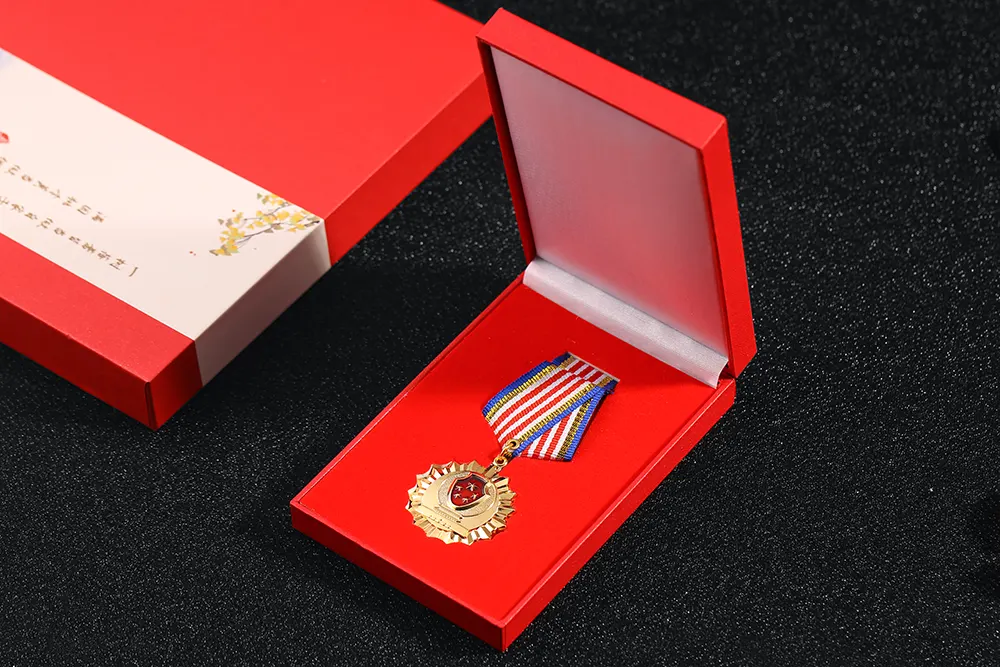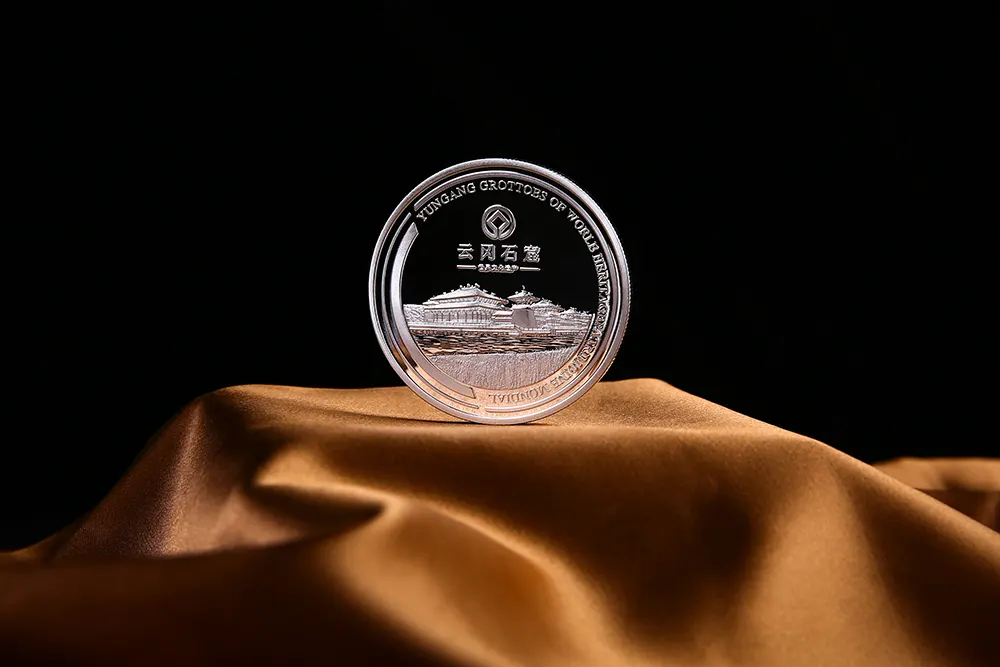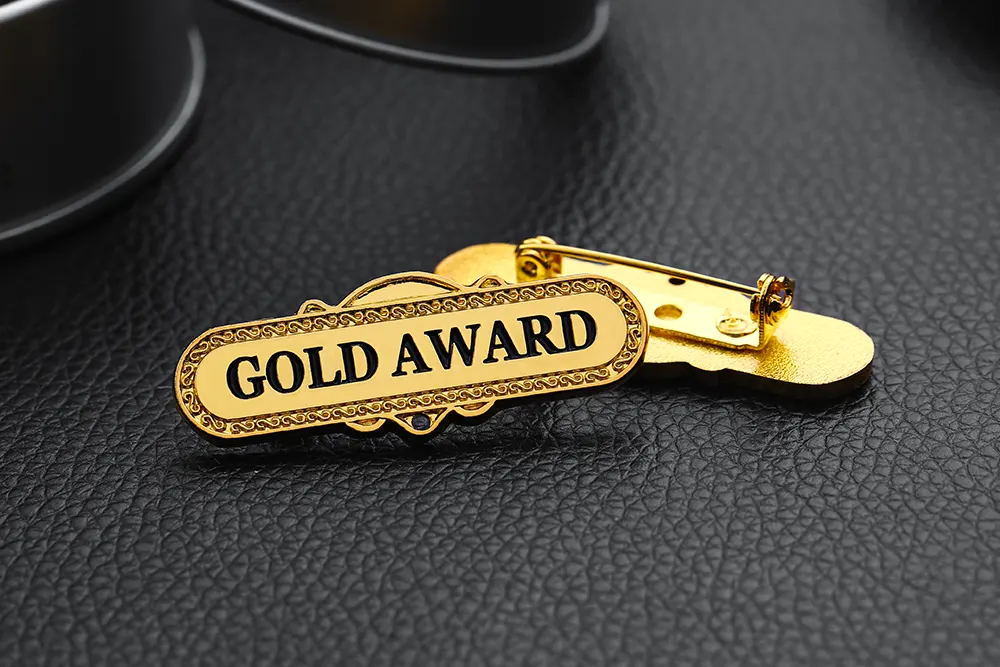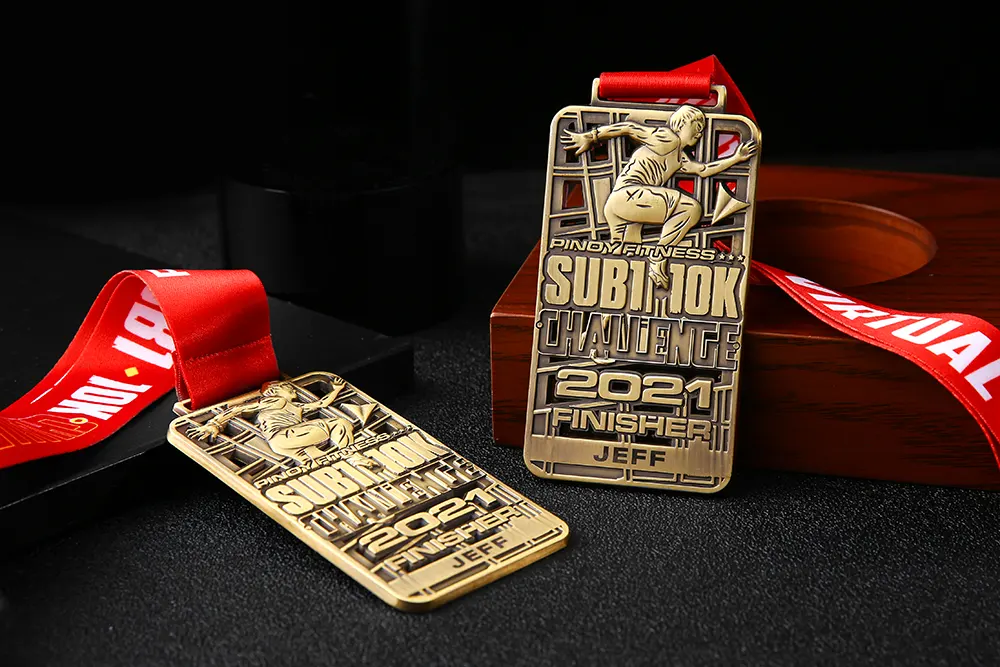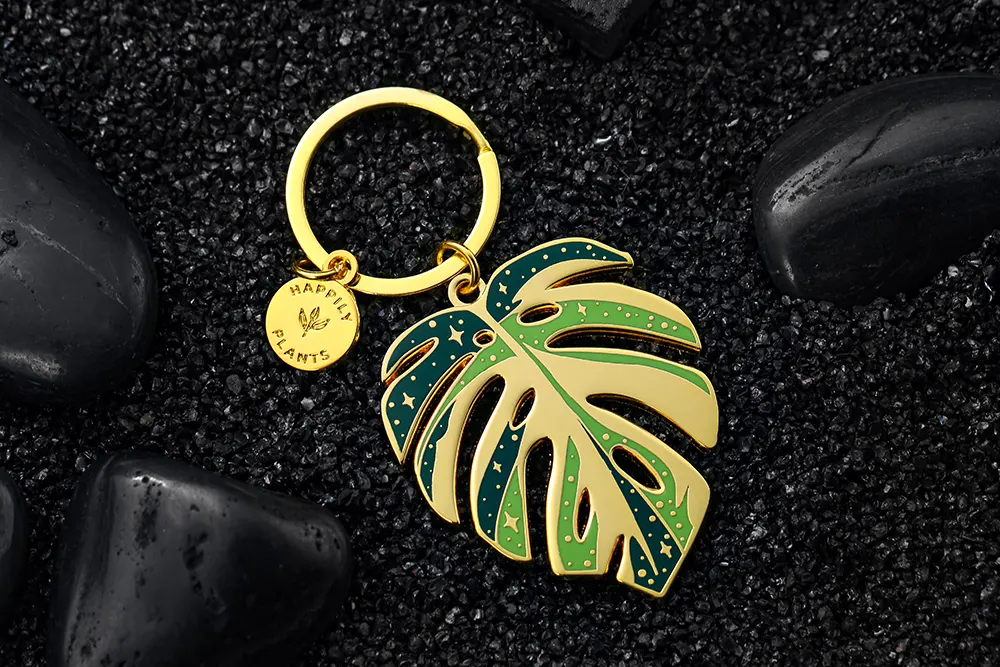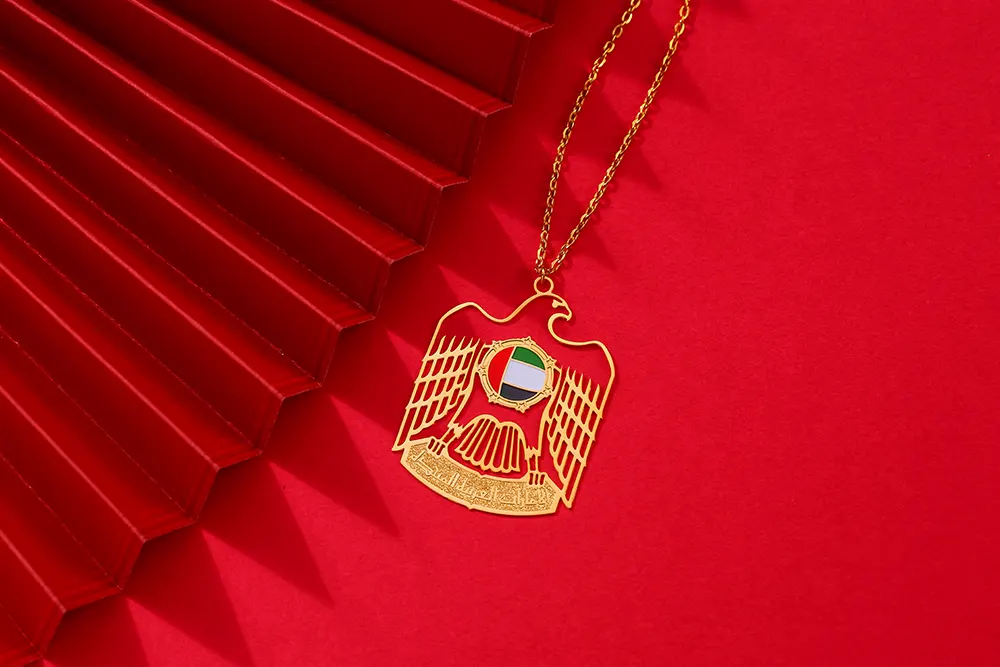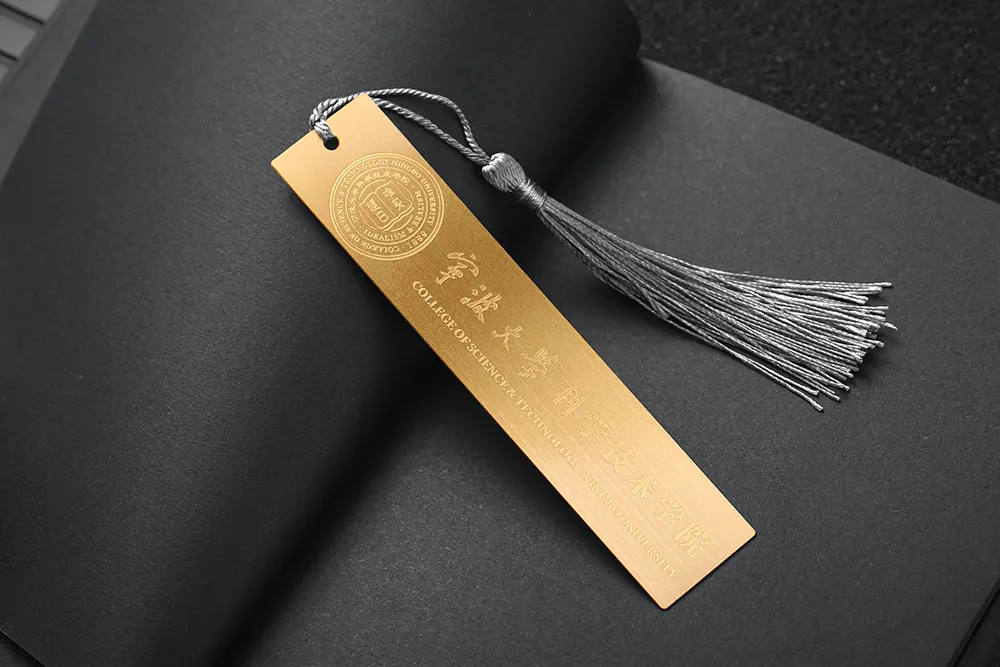Military medals and decorations represent more than just colorful ribbons on a soldier’s chest. They tell a story of service, sacrifice, and achievement. For service members, veterans, and their families, understanding how these honors are worn and what they signify is an important part of military tradition.
The Significance of Military Decorations
Every medal displayed on an army uniform carries specific meaning. These decorations recognize various aspects of military service, from combat valor to years of dedicated service. The placement, order, and proper wear of these awards follow strict regulations that ensure uniformity and respect across the armed forces.
When you see a soldier in dress uniform, the arrangement of medals on their chest provides a visual record of their military journey. Each ribbon and badge has earned its place through specific actions, deployments, or milestones during their career.
Types of Army Uniform Decorations
Awards for Valor
The highest honors recognize extraordinary courage in combat situations. The Medal of Honor stands as the nation’s highest military decoration, followed by the Distinguished Service Cross, Silver Star, and Bronze Star with “V” device for valor. These decorations acknowledge service members who risked their lives beyond the call of duty.
Service Medals
Service medals commemorate participation in specific operations, campaigns, or time periods. The Iraq Campaign Medal, Afghanistan Campaign Medal, and Global War on Terrorism Service Medal are examples soldiers earned through deployment to specific theaters of operation. These medals document where a service member served throughout their career.
Achievement Awards
The Army Commendation Medal and Army Achievement Medal recognize meritorious service or achievement. Commanders award these for exceptional performance of duties, leadership, or contributions that exceed standard expectations. Many soldiers receive these awards multiple times throughout their service.
Unit Awards
Some decorations recognize entire units rather than individuals. The Presidential Unit Citation, Valorous Unit Award, and Meritorious Unit Commendation appear on the right side of the uniform. These acknowledge collective excellence or heroism by a military unit.
Proper Placement and Order of Precedence
The Army maintains a strict order of precedence for wearing medals on uniforms. This hierarchy determines which decorations appear highest on the uniform, with the most prestigious awards positioned first. The order follows a specific sequence established by military regulations.
On the Army Service Uniform and Army Green Service Uniform, ribbons typically appear above the left breast pocket. Full-sized medals replace ribbons on the Army Blue Uniform for formal occasions. The highest-ranking decoration sits in the top position, with subsequent awards arranged in descending order below.
When multiple rows of ribbons are necessary, soldiers center them on the uniform or align them with the edge of pocket flaps, depending on the specific uniform regulations in effect. Proper spacing between ribbons and rows ensures a neat, professional appearance.
The Difference Between Ribbons and Medals
Understanding when to wear ribbons versus full medals matters for proper uniform wear. Ribbons serve as the standard decoration for daily duty uniforms and most formal settings. These small rectangular pieces of colored fabric represent each medal earned.
Full medals, which include the complete suspension ribbon and medallion, appear only on the most formal dress uniforms. The Army Blue Uniform for ceremonial occasions typically requires full medals rather than ribbon bars. This distinction helps maintain the appropriate level of formality for different military functions.
Reading a Soldier’s Service History
Learning to interpret the decorations on an army uniform provides insight into a soldier’s career. The presence of combat ribbons indicates deployment to hostile areas. Multiple service stripes suggest long-term commitment. Specialized badges reveal additional qualifications like airborne, air assault, or special forces training.
During my time working with veteran organizations, I’ve listened to countless soldiers explain the stories behind their medals. One sergeant showed me his Purple Heart and Bronze Star, recounting how his squad came under fire during a convoy operation. What struck me most was not the medals themselves, but his focus on the soldiers who served alongside him. These decorations connect service members to specific moments, places, and people that shaped their military experience.
Foreign Awards and International Service
American soldiers sometimes receive decorations from foreign governments for service in coalition operations or training missions. These awards require approval from the Department of Defense before soldiers can accept and wear them. Foreign decorations appear after U.S. military awards in the order of precedence.
The NATO Medal, United Nations Medal, and various allied nation awards recognize multinational cooperation and partnership. These decorations acknowledge the increasingly joint nature of modern military operations.
Special Badges and Tabs
In addition to medals, soldiers earn special skill badges that appear on their uniforms. The Combat Infantryman Badge, Combat Action Badge, and Combat Medical Badge recognize combat service in specific military occupations. Marksmanship badges demonstrate weapons qualification levels.
Tabs worn above the unit patch identify additional qualifications. The Ranger, Special Forces, and Sapper tabs represent completion of demanding training courses. These identifiers complement the medal display by showing specialized capabilities.
Maintaining and Caring for Military Decorations
Proper care ensures decorations remain in excellent condition throughout a soldier’s career and beyond. Full medals require periodic cleaning to prevent tarnish. Ribbon bars need replacement when they fade or become worn. Many military bases operate uniform shops that provide medal mounting services and replacement ribbons.
Veterans often frame their decorations for display after leaving active service. Shadow boxes arranged with medals, ribbons, rank insignia, and unit patches create lasting tributes to military service. These displays preserve the physical symbols of service for future generations.
Common Questions About Military Decorations
People often wonder why some soldiers have more decorations than others. The number and type of medals depend on length of service, assignments, deployments, and individual performance. A soldier who deployed multiple times to combat zones naturally accumulates more campaign and service medals than someone who served primarily in garrison.
The question of whether civilians can wear military medals belongs to strict regulations. Only the person who earned the decoration may wear it on a military uniform. Family members can possess and display medals, but wearing them on military uniforms is not permitted. Veterans may wear their medals on civilian clothing during appropriate patriotic holidays and military ceremonies.
The Evolution of Military Decorations
Army decorations have changed over time to reflect new missions and modern warfare. Recent additions include the Global War on Terrorism Expeditionary Medal and the Inherent Resolve Campaign Medal. The Army continues updating its awards system to recognize emerging roles and responsibilities in contemporary military operations.
Technology has also affected how soldiers manage their awards. Electronic service records now track medal entitlement, making it easier to verify decorations and obtain replacement certificates. Digital systems help ensure soldiers receive proper credit for their earned decorations.
Respecting the Meaning Behind the Medals
Beyond the regulations and proper wear instructions, military decorations deserve respect for what they represent. Each ribbon tells part of a larger story about service, duty, and commitment. For those who wear the uniform, these decorations serve as reminders of their experiences and the soldiers they served with.
Understanding army uniform medals and decorations helps civilians appreciate the depth of military service. Whether you’re a family member learning about your soldier’s awards, a veteran organizing your own decorations, or someone interested in military traditions, knowing the significance of these honors enriches your connection to military culture.
The decorations displayed on an army uniform represent earned honors, not simply decorative elements. They document individual and collective achievements while maintaining the proud traditions of military service. This system of recognition continues to motivate soldiers while preserving the historical legacy of those who served before them.
















